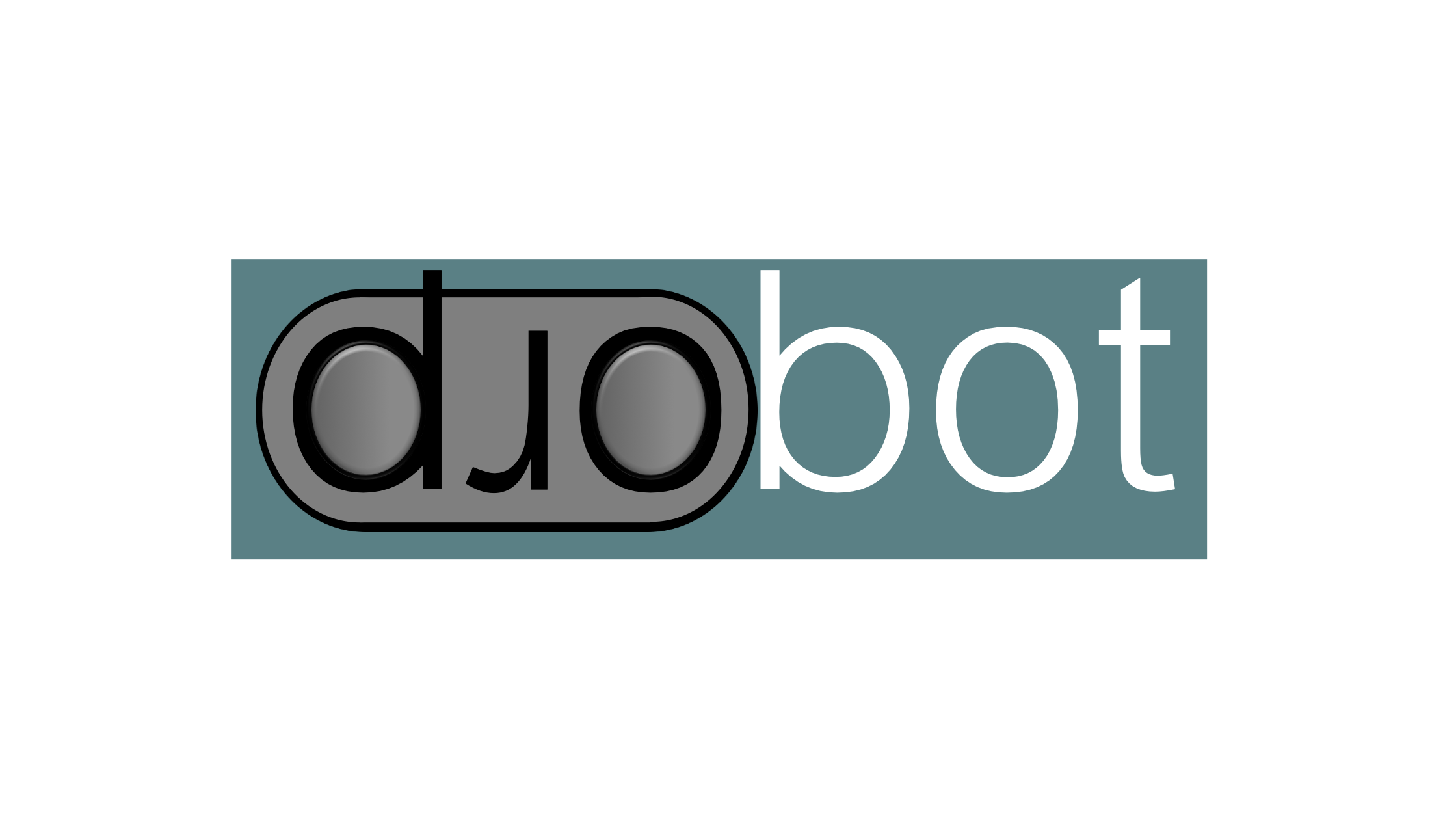Back on 2003 one of the most exciting roles I’ve had in my professional career was to be the “Six Sigma Finance Representative” for a manufacturing plant in Mexico. My main responsibility was to support the six sigma master black belt and his team to identify and prioritize cost saving opportunities, and finally measuring the financial impact before and after the six sigma project was completed. In order to better support the team, I was trained as a Six-Sigma green belt where I was exposed to the DMAIC (Define, Measure, Analyze, Improve and Control) methodology. This training was an eye opener that taught me how standardization can impact any repetitive process, not only manufacturing processes.
The main goal of the Six Sigma team was to improve the manufacturing processes, which makes total sense since it was a manufacturing facility. The key drivers impacting the variances to budget on the profit and loss statements were coming from the manufacturing processes. However, there was one master black belt who challenged me the most; she was only focused on central areas (human resources, finance, procurement, etc.) The challenge for me was to identify cost saving opportunities and measure the monetary impact on the P&L for these less tangible areas. This particular challenge taught me an important lesson: Not all the benefits of the standardization of a process can be financially measured in the short-term, but there are other benefits, called “soft-savings”. I will focus on the three most important ones in this article.
Standardization in a process reduces the risk of error, particularly those processes that require manual intervention, which more easily may incur involuntary errors. Retrieving information from a system, sorting the information, formatting it, adding filters, splitting or breaking it down in subcategories, among others, are tasks that are mastered by an experienced analyst; but still they are not exempt from errors. Additionally, when those particular processes are transferred to a new resource, the risk increases. There is a learning curve that the employee needs to go through ,that can bring frustration to the new owner and the final user. Introducing standardization reduces the risk of error and increase the reliability of the output.
A Six Sigma DMAIC project or any other project that has as a main goal to improve a process, it requires a responsible and a process owner. These roles can be performed by one or two team members, to help gain buy in from the users of the process to be improved. Change usually brings discomfort and resistance. I’ve seen it many times in my career ; in myself, direct-reports, senior-leaders and process-owners. Engaging personnel early on in the project not only reduces the resistance to the change, but also brings satisfaction at the conclusion of the project and the implementation of the improvements is well received, participants will feel proud, heard and engaged.
The main benefit of these projects to make processes more efficient by standardizing them, with time will change the company’s culture to have a “continuous improvement” mindset. Change will stop being a “threat” and will become an opportunity. Once repetitive processes are standardized, employees have that additional time to further improve their processes or engage in new projects. It is worth to mentioning that employee involvement is key, recognizing the teams efforts and prizing the results. The sweet feeling of satisfaction at the end of a project and the recognition is addictive and contagious.
“Engaged employee consistently demonstrates three general behaviors which improve organizational performance: 1) The employee advocates for the organization to co-workers, and refers potential employees and customers. 2) The employee has an intense desire to be a member of the organization despite opportunities to work elsewhere, and 3) The employee exerts extra time, effort and initiative to contribute to the success of the business” ( Baumruk and Gorman, 2006)
This is our vision in drobot.tech, with the support we provide, we are not only focusing on improving a particular process, we want to plant a seed in our customers’ employees to embrace automation and partner with our customers toward the digitalization.
References:
Baumruk R., and Gorman B. (2006). Why managers are crucial to increasing engagement. Melcrum Publishing.


Comments
3 responses to “Reporting Process Improvement”
Excellent blog post. I definitely appreciate this website. Continue the good work!
Great article! I found your perspective on this topic both enlightening and thought-provoking. The way you break down complex ideas into understandable insights is truly commendable. It’s interesting to see how these developments could shape our future. I’m particularly intrigued by your point about potential challenges and would love to dive deeper into that.
For those who are interested in exploring this topic further, I recommend checking out this resource for more detailed information: comprehensive guide. It offers additional insights that complement what’s discussed here.
Looking forward to hearing others’ thoughts and continuing this discussion. Thanks for sharing such valuable information!
Great article! I appreciate the clear and insightful perspective you’ve shared. It’s fascinating to see how this topic is developing. For those interested in diving deeper, I found an excellent resource that expands on these ideas: check it out here. Looking forward to hearing others’ thoughts and continuing the discussion!